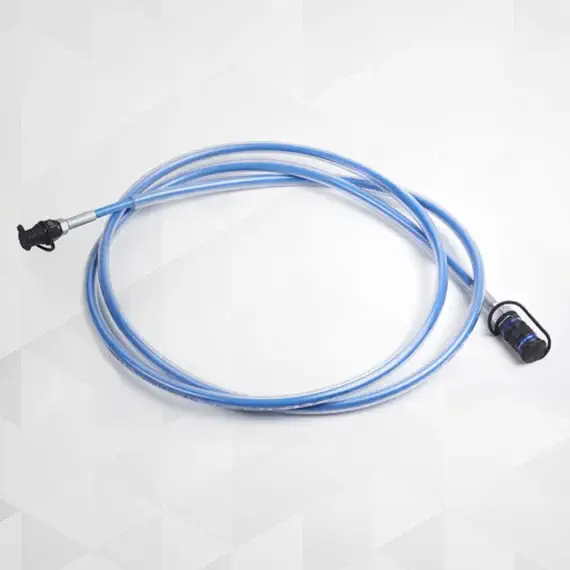At ABS Arabia, we provide hydraulic link hoses characterized by high performance. These are designed exclusively for use in the demanding industrial environments of Saudi Arabia.
Specifically, oilfields, refineries, petrochemical facilities, and even offshore locations. Our HHSL hydraulic link hoses have a tough construction featuring multiple spiral reinforcements within a polymer wall.
This gives them great strength with very high safety margins plus excellent abrasion resistance; despite this robust design, they remain flexible enough that their minimum bend radius is low, making it easy when routing connections on-site.And because they work with all TensionPro hydraulic tensioners, pumps & nuts too, you can rely on them to stay leak-free during vital bolting jobs as well.
Key Features:
CE marked
Pressure tested
Test certification included
Individually tagged


